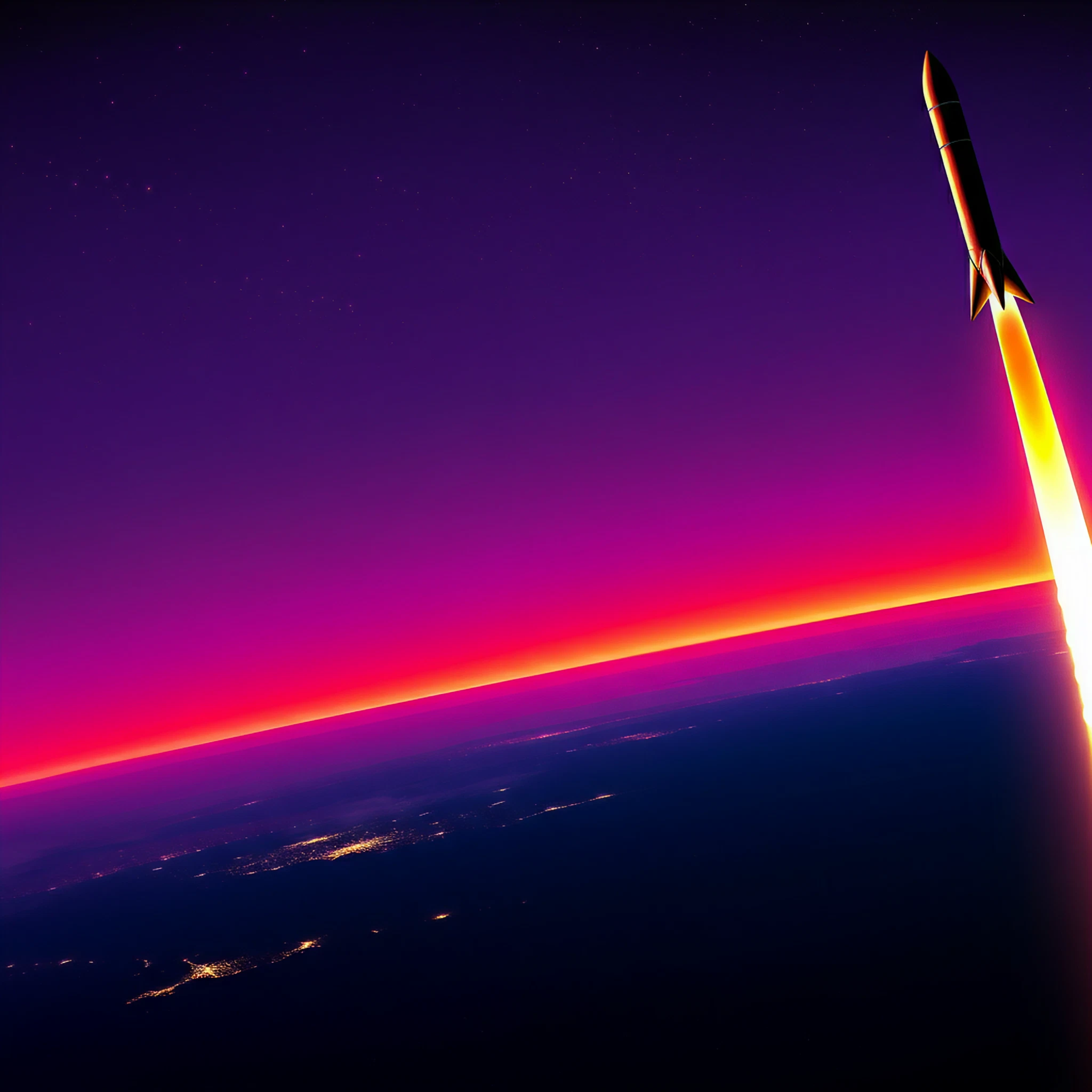Introduction
SpaceX’s Bandwagon program has been making waves in the rideshare satellite launch industry since its inception. Designed to cater to the growing demand for mid-inclination orbits, this program has already demonstrated SpaceX’s ability to deliver innovative and economical launch solutions. The third mission in this series, Bandwagon-3, recently launched amidst notable input from industry figures. However, the significantly reduced payload count compared to its predecessors has sparked interest and speculation.
Details of the Bandwagon-3 Mission
The Bandwagon-3 mission marked a significant moment in SpaceX’s rideshare initiative. Here’s what we know about it:
- Launch Date and Location
Bandwagon-3 launched on April 21 from Cape Canaveral’s Space Launch Complex 40 at 8:48 p.m. Eastern. True to SpaceX’s reusability goal, the launch also featured the third flight of its Falcon 9 booster, which successfully landed back at Cape Canaveral.
- Payload Details
Unlike its predecessors, the Bandwagon-3 mission only carried three payloads:
-
- 425Sat-3 – A reconnaissance satellite for South Korea’s military under Project 425.
- Tomorrow-S7 – A weather forecasting satellite by Tomorrow.io.
- Phoenix – A reentry vehicle developed by ATMOS Space Cargo, a German startup.
Comparatively, Bandwagon-1 launched with 11 satellites, while Bandwagon-2 carried a whopping 30.
- Comparison with Previous Missions
Bandwagon-3’s significantly lower payload count is a distinct departure from its earlier missions in the program. While the exact reason remains unsaid by SpaceX, it has raised questions regarding demand, timing, and mission dependencies.
Reasons for Low Payload Numbers
SpaceX has chosen not to comment publicly on the fewer payloads aboard Bandwagon-3, but industry insiders suggest a mix of factors contributed to this:
- Modest Demand
Fewer customers may have required mid-inclination orbits, especially given the availability of rideshare missions targeting other popular orbits like sun-synchronous ones.
- Mission Timing
The Bandwagon-3 mission launched just four months after Bandwagon-2, a timeline that may not have suited potential rideshare customers.
- South Korean Military’s Project 425
The inclusion of satellites under Project 425 might have played a role. With the South Korean government closely tied to the Bandwagon program, the timeline for these military payloads likely took precedence over filling the remaining capacity with commercial customers.
Future Bandwagon Missions
SpaceX’s initial announcement committed to at least four Bandwagon missions, with the fourth slated for launch later in 2025. This upcoming mission will likely carry the final satellite under Project 425. However, SpaceX has not provided further details or added additional Bandwagon missions to its rideshare schedule just yet, leaving the program’s future trajectory uncertain.
Industry Context
The evolving rideshare market has seen SpaceX face criticism for undercutting demand for small launch vehicles with its economical launches. Rocket Lab CEO Peter Beck, however, has refuted this idea, emphasizing that rideshare and dedicated small launch services serve different purposes.
- Rideshare Advantages
Customers often use rideshare missions, like those on SpaceX’s Transporter and Bandwagon programs, for cost-effective initial satellite launches.
- Dedicated Small Launch Benefits
Dedicated small launch services, such as those offered by Rocket Lab’s Electron, are preferred for operational constellation deployment, offering greater control over scheduling and orbital parameters.
Beck’s statements highlight how both approaches coexist within the sector, addressing different operational needs and customer priorities.
Conclusions and Implications
The Bandwagon-3 mission showcases SpaceX’s continued commitment to innovation and reusability in satellite launches. While fewer payloads than previous missions may appear to signal a dip in demand, it may also reflect alignment with unique contractual obligations, such as South Korea’s Project 425.
For the broader rideshare market, Bandwagon-3 serves as a reminder of the dynamic nature of space launches, where company goals, government partnerships, and market needs intersect. As SpaceX prepares for its fourth Bandwagon launch, eyes across the space industry remain fixed on how the rideshare landscape will evolve.
Stay tuned for updates on future launches, and don’t forget to keep exploring the cosmos with us!
Image Suggestions
- Falcon 9 Launch: A breathtaking shot of a Falcon 9 lifting off from Cape Canaveral.
- 425Sat-3, Tomorrow-S7, and Phoenix Payloads: Artistic renderings of the payloads to offer a visual context.
- Rocket Lab’s Electron Launch: A stunning capture of a Rocket Lab Electron launch to provide a comparison for small launch providers.








